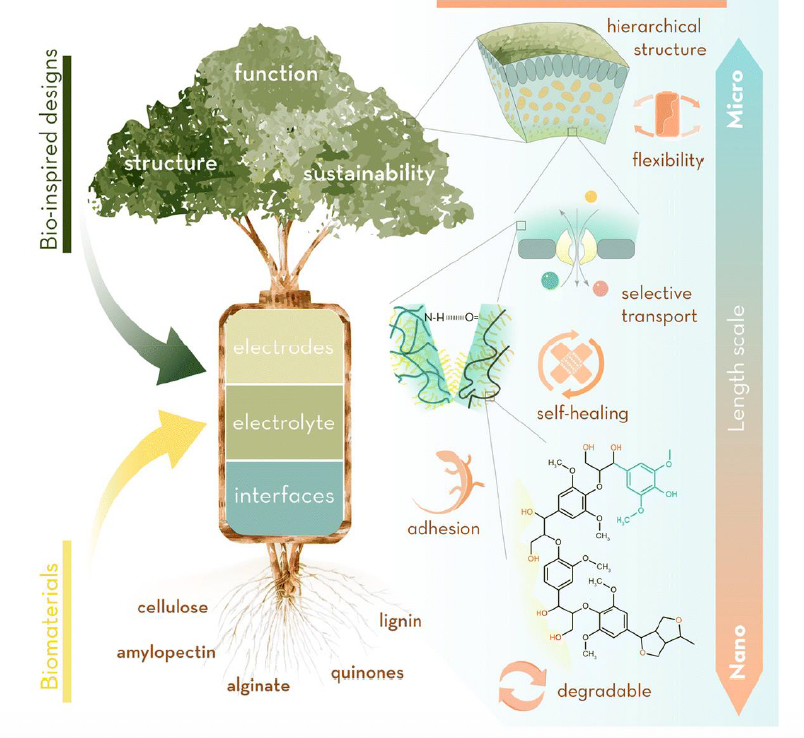
Dearman’s cold storage technology secures 6 million in Government funding
While a hundred industrial groups vie to build better lithium batteries, Dearman Technologies have taken another path in their energy storage research. Dearman has become known for its ‘cold storage’ Dearman Engine, which uses liquid nitrogen or liquid air as the storage mechanism.
The idea would be familiar to the steam pioneers of the 19th century. High-pressure liquefied air is poured into the engine, where it is then mixed with warm water. The massive expansion that liquids undergo as they evaporate (up to 710 times in the case of liquid nitrogen) drives pistons, as in an old-fashioned steam engine. With only water and air as fuel, the carbon emissions at point-of-use become zero, and the air can be compressed off-site through renewable energy.
The system aims to fill a currently undervalued niche of cold + power. Dearman’s website claims that global demand for cooling is currently responsible for a whopping 10% of greenhouse gas emissions, and their engine has been designed to provide power while also meeting that cooling demand. Already, Dearman is testing a zero-emission transport refrigeration system, currently on trial with Sainsbury’s. Mooted future applications include air-conditioning and auxiliary power units for diesel buses.
The UK Government’s Advanced Propulsion Centre has now expressed some confidence in the engine through an award of £6 million, to help move the Dearman Engine into full commercial development. That funding will be matched by a consortium of Dearman, Hubbard Products, Air Products, Productiv, Wessington Cryogenics and Loughborough University, which will bring the total investment-to-date in the technology up to £15.5 million. Meanwhile, Innovate UK has nominated Dearman for an ‘Innovation Leading to Investment’ award.
To read more about Dearman and their plans, you can visit their website at http://dearman.co.uk/.













